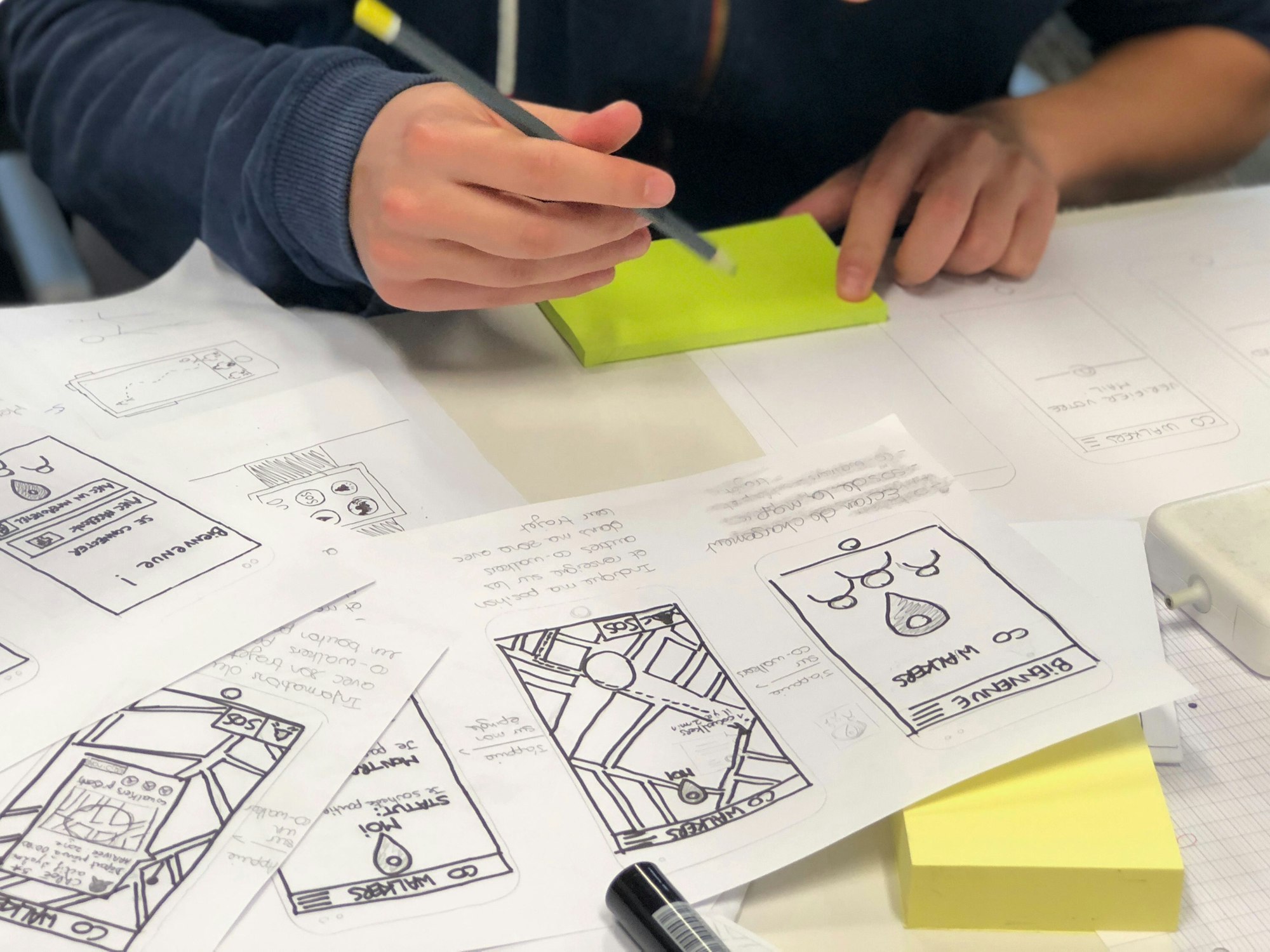The Power of Rapid Prototyping: A Guide for Entrepreneurs

In the competitive arena of startups and innovation, entrepreneurs often race against time to evolve their ideas into market-ready products. Rapid prototyping emerges as a pivotal strategy in this journey. This methodology doesn't just offer a way forward; it fundamentally transforms the approach to product development. Here's why rapid prototyping is indispensable for entrepreneurs, backed by scientific evidence and illuminated by the wisdom of industry leaders.
Embrace the Iterative Testing and Feedback Loop
Iterative testing stands at the core of rapid prototyping. This process involves creating prototypes, testing them with users, collecting feedback, and refining the product. This loop continues until the product aligns with user expectations and market requirements.
According to a study by Virzi, R.A. (1992) in Human Factors, iterative testing with even small user groups can significantly improve product usability, highlighting the critical role of user feedback in product development.
"Prototyping is the shorthand of innovation." - Tom Kelley, IDEO
This quote captures the essence of rapid prototyping as a tool for fast-paced innovation, emphasizing the importance of creating, testing, and refining as crucial steps toward breakthrough products.
Navigate Through Uncertainty with Risk Reduction
Rapid prototyping is instrumental in identifying and mitigating risks early. This early detection of potential failures or flaws allows for timely adjustments, saving resources and guiding the project toward success.
Research by Cooper, R.G. (1988) in Industrial Marketing Management emphasizes that predevelopment activities, including prototyping, are critical determinants of new product success, highlighting the importance of early risk assessment and mitigation.
"Fail often so you can succeed sooner." - David Kelley, IDEO
This mindset is crucial for entrepreneurs, underscoring that failure is part of the process and a stepping stone to success, especially when rapid prototyping allows quick learning from mistakes.
Fuel Creativity and Innovation
The fast-paced nature of rapid prototyping encourages a culture where new ideas are continuously tested and refined. This environment fosters creativity and innovation, critical components for differentiation and competitive advantage.
Thomke, S. (1998) found in Management Science that rapid experimentation during the design phase leads to more innovative products, affirming the link between rapid prototyping and creative problem-solving.
"Prototyping is probably the single most pragmatic behavior the innovative firm can practice." - Tim Brown, CEO of IDEO
This quote highlights the practical aspect of rapid prototyping as a bedrock for innovation, urging firms to embrace prototyping as a core innovation strategy.
Prioritize User-Centered Design
Rapid prototyping puts the user at the heart of the development process. Direct feedback from prototype testing ensures that the product evolves in response to user needs and preferences.
Norman, D. in The Design of Everyday Things, argues for the centrality of user experience in product design, a principle that rapid prototyping brings to life by facilitating ongoing user engagement and feedback.
"The only way to win is to learn faster than anyone else," said Eric Ries, author of The Lean Startup.
Applying this to rapid prototyping, it's clear that learning from users quickly and iteratively is a critical competitive advantage.
Ground Your Decisions in Empirical Validation
Empirical validation, or making decisions based on real-world evidence rather than assumptions, is a cornerstone of rapid prototyping. This approach ensures product development aligns with market needs and user behaviors.
The Lean Startup methodology, introduced by Eric Ries, emphasizes the importance of building-measure-learn feedback loops, where rapid prototyping plays a crucial role in validating hypotheses about product-market fit in a real-world context.
"Real artists ship." - Steve Jobs, Co-founder of Apple Inc.
This brief advice from Steve Jobs encapsulates the ethos of rapid prototyping—moving swiftly from idea to product, validating through real-world usage, and continually refining based on feedback.
Conclusion
For entrepreneurs, rapid prototyping is not merely a tool but a strategic advantage in product development. It enables iterative improvement, reduces risks, fosters innovation, ensures a user-centric approach, and bases decisions on empirical evidence. As the scientific evidence and quotes from industry leaders suggest, adopting rapid prototyping can significantly increase the chances of developing a successful product. Let this methodology inspire you to explore, innovate, and create products that resonate deeply with your target audience, ensuring your place in the competitive market.
Suggested Reading
To further explore the concepts discussed, consider delving into the following books:
- "The Lean Startup" by Eric Ries - An essential read for entrepreneurs, this book introduces the Lean Startup methodology, emphasizing the importance of rapid prototyping and feedback loops in developing products that meet real market needs.
- "The Design of Everyday Things" by Don Norman - This classic text on design and usability provides fundamental insights into user-centered design, a key principle that underpins rapid prototyping.
- "Managing Innovation: Integrating Technological, Market and Organizational Change" by Joe Tidd and John Bessant - Offering a comprehensive overview of innovation management, this book provides a solid framework for understanding how rapid prototyping fits into the broader context of innovation.
Embrace the power of rapid prototyping to turn your visionary ideas into viable, market-ready products. Remember, as Reid Hoffman, Co-founder of LinkedIn, says, "If you are not embarrassed by the first version of your product, you’ve launched too late." Start prototyping, learning, and iterating today!

